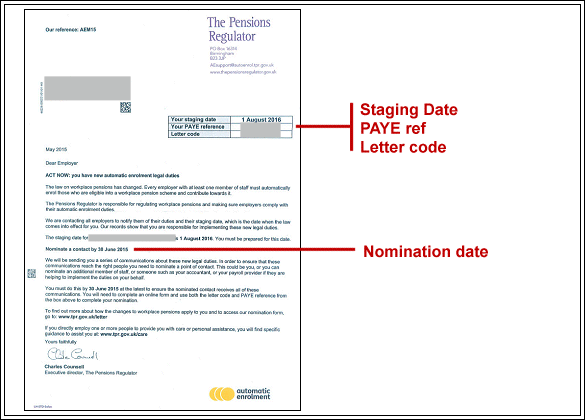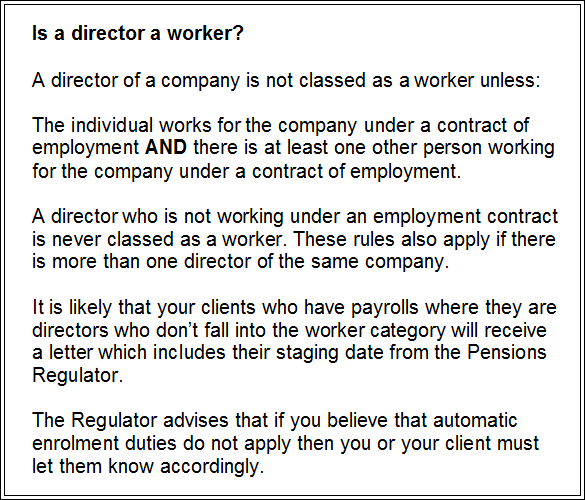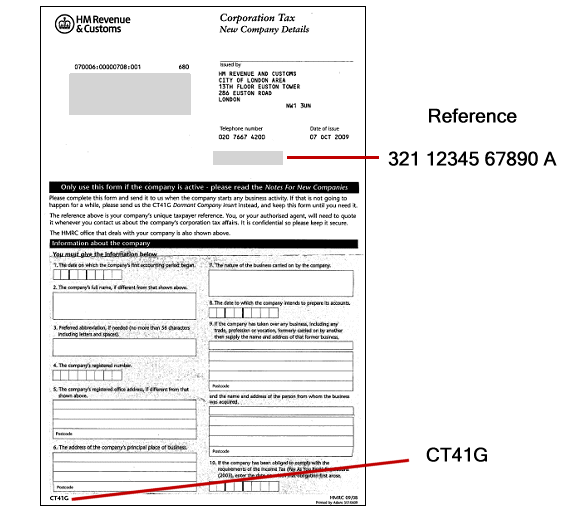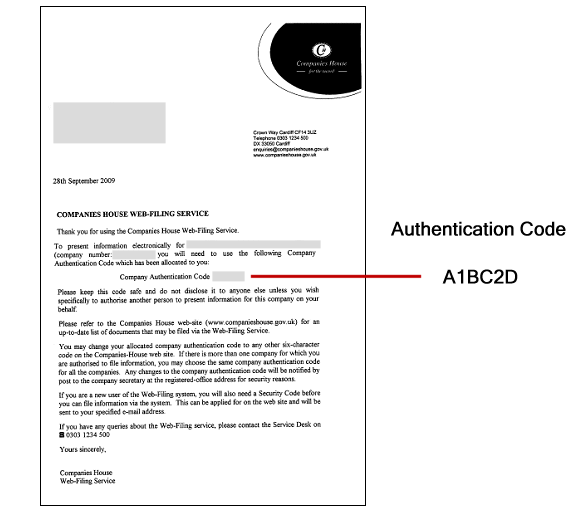Proactive is not authorised to give pensions advice, and the comments here are a guide to complying with new legislation. It is not a guide to pensions! The figures below relate the tax year 2016/17 and may change every April as each new tax year starts.
Do I need to comply?
You may not need to offer auto enrolment if your business employs no regular staff, but only directors, and none of those directors have a contract of employment. If that’s the case then check this report.
For everybody else, the key points are listed below.
What is a staging date?
The Pensions Regulator writes to all new employers telling them their staging date, the date from which auto enrolment must be in force for qualifying employees. The staging date varies depending on the age of your business and the number of employees. The Government would be unable to handle everything all at once and so this policy is being phased in for existing employers over the period 1 Oct 2012 to 5 Apr 2017. New employers will be assigned a staging date by 28 Feb 2018 at the latest.
You can start earlier if you wish.
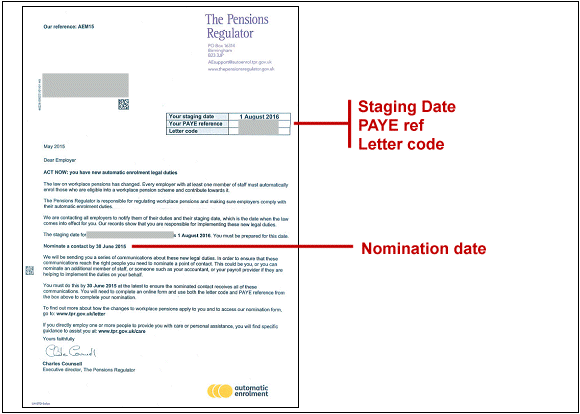
Who qualifies?
If all of your staff are already in a workplace pension scheme, then you have no additional duties under auto enrolment.
Staff aged between 22 and state pension age who earn more than £8,105 a year, must be offered a workplace pension scheme and the employer must make contributions. Staff can opt out if they wish, but you must offer a workplace pension scheme!
Staff who do not meet the criteria above, and who are older than 15 and younger than 75, and who earn more than £5,564 a year, can opt in to a workplace pension scheme. If they choose to do so then the employer must provide one, and make contributions.
Employers will also need to enrol any workers aged 16-74 who earn less than £5,564 a year, and who ask to opt in to the scheme, but you don’t need to pay contributions for them.
Employers are prohibited from offering incentives or perks to encourage staff to opt out.
What contributions need to be paid?
It depends!
As time goes by, you will be required to make greater contributions and so will your staff. The timing and the amount of the contributions depends on your staging date.
Here is a broad overview, and the highest level of contributions will be in force by 31 Oct 2018.
The minimum contribution will start at 2% of a worker’s gross earnings (of which at least 1% must be paid in by the employer).
By 31 Oct 2018 the minimum will have risen to 8%, made up of at least 3% from the employer, up to 4% from the employee, and 1% in tax relief.
These percentages don’t apply to all of an individual’s salary, but only to what they earn over a minimum (currently £5,564 for 2016/17) up to a maximum limit (currently £42,475 for 2016/17).
What do I have to do now?
Establish a workplace pension scheme through either a commercial business of your choice or through the Government’s NEST scheme (National Employment Savings Trust). The choice is entirely yours.
The NEST web site sets out key steps in the process of implementing a workplace pension.
Once you have a workplace pension scheme in place, let us know and we will log the details in our payroll system. We need one month’s notice of this in order that payrolls comply with the Real Time Information rules implemented back in 2013.
Call us on 020 3051 2462 if you need to chat more about this.


